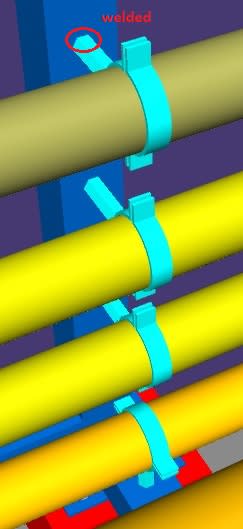PIPING_DESIGNER
Mechanical
I am new in this field.
I want to know how to model a clamp in CAESAR II
Should we consider the clamp as a GUID or ANCHOR

Thank you
I want to know how to model a clamp in CAESAR II
Should we consider the clamp as a GUID or ANCHOR

Thank you
